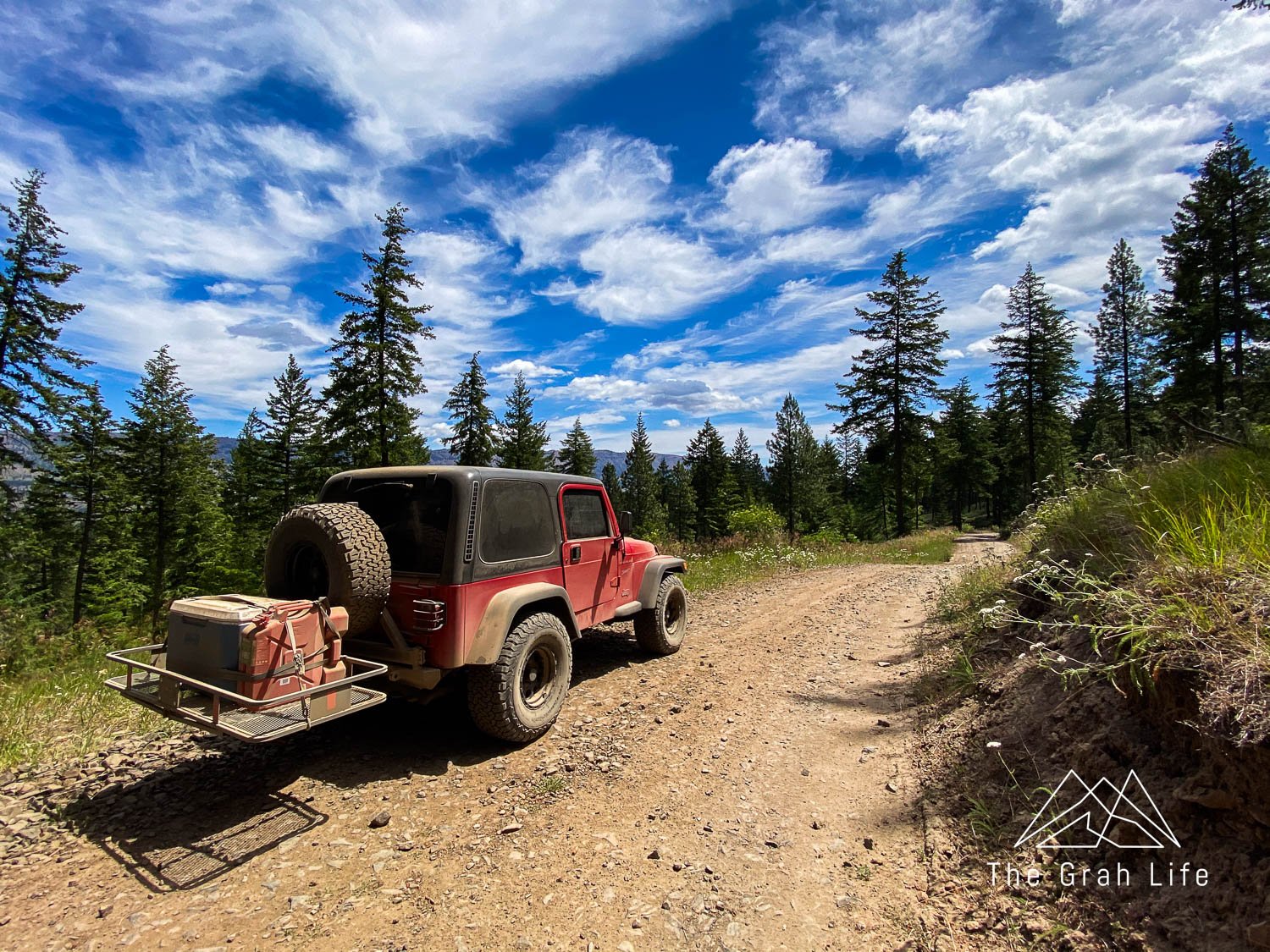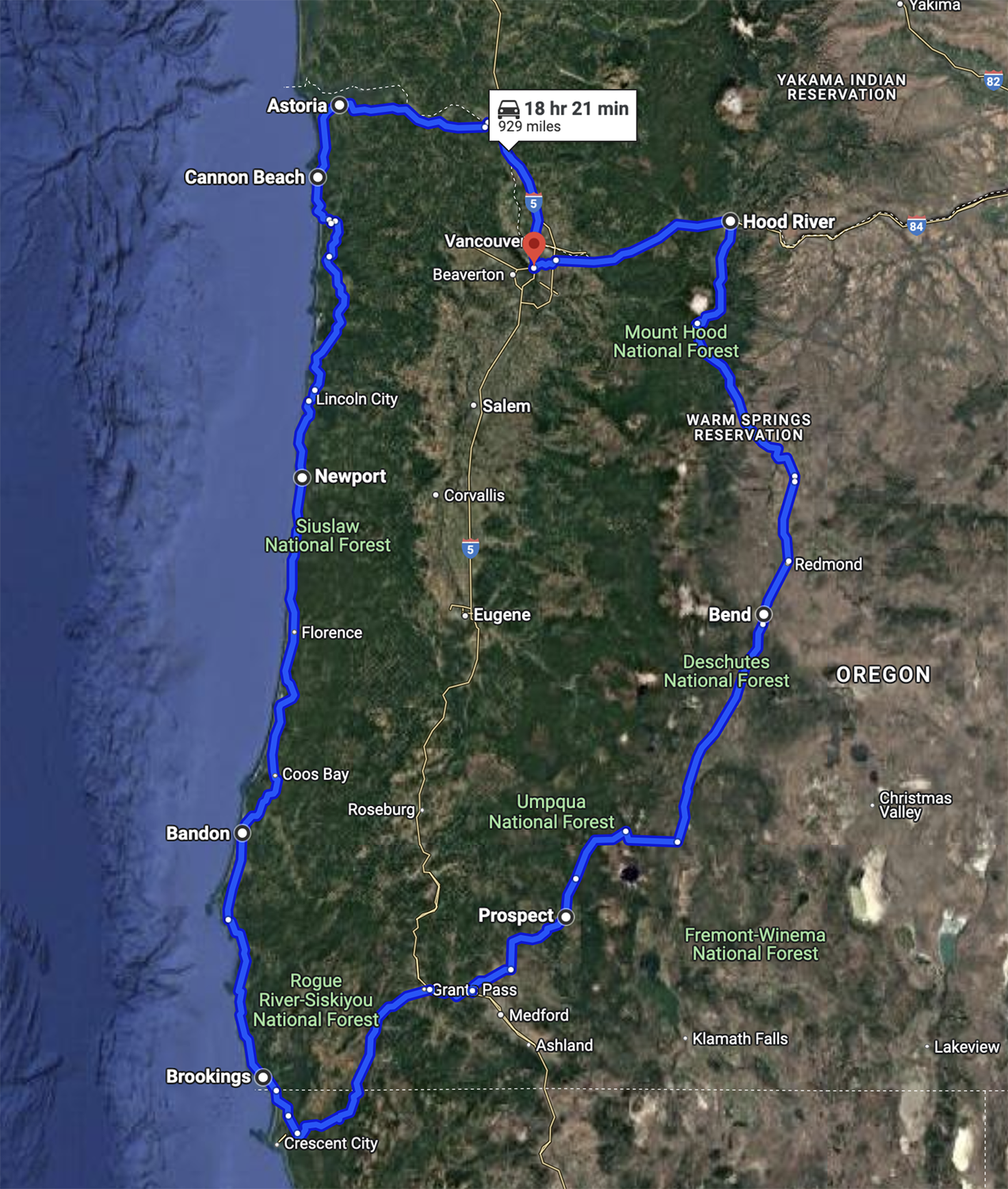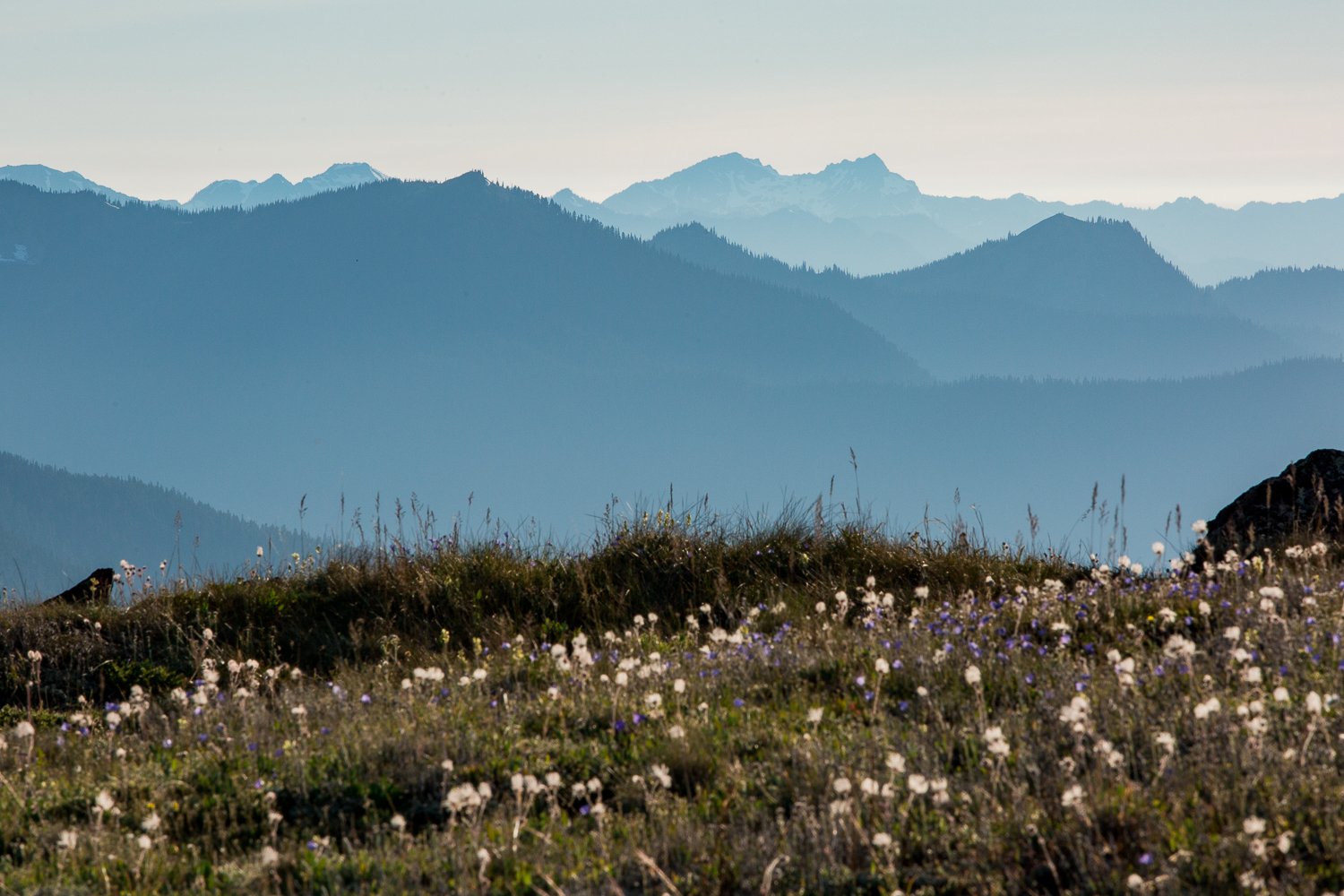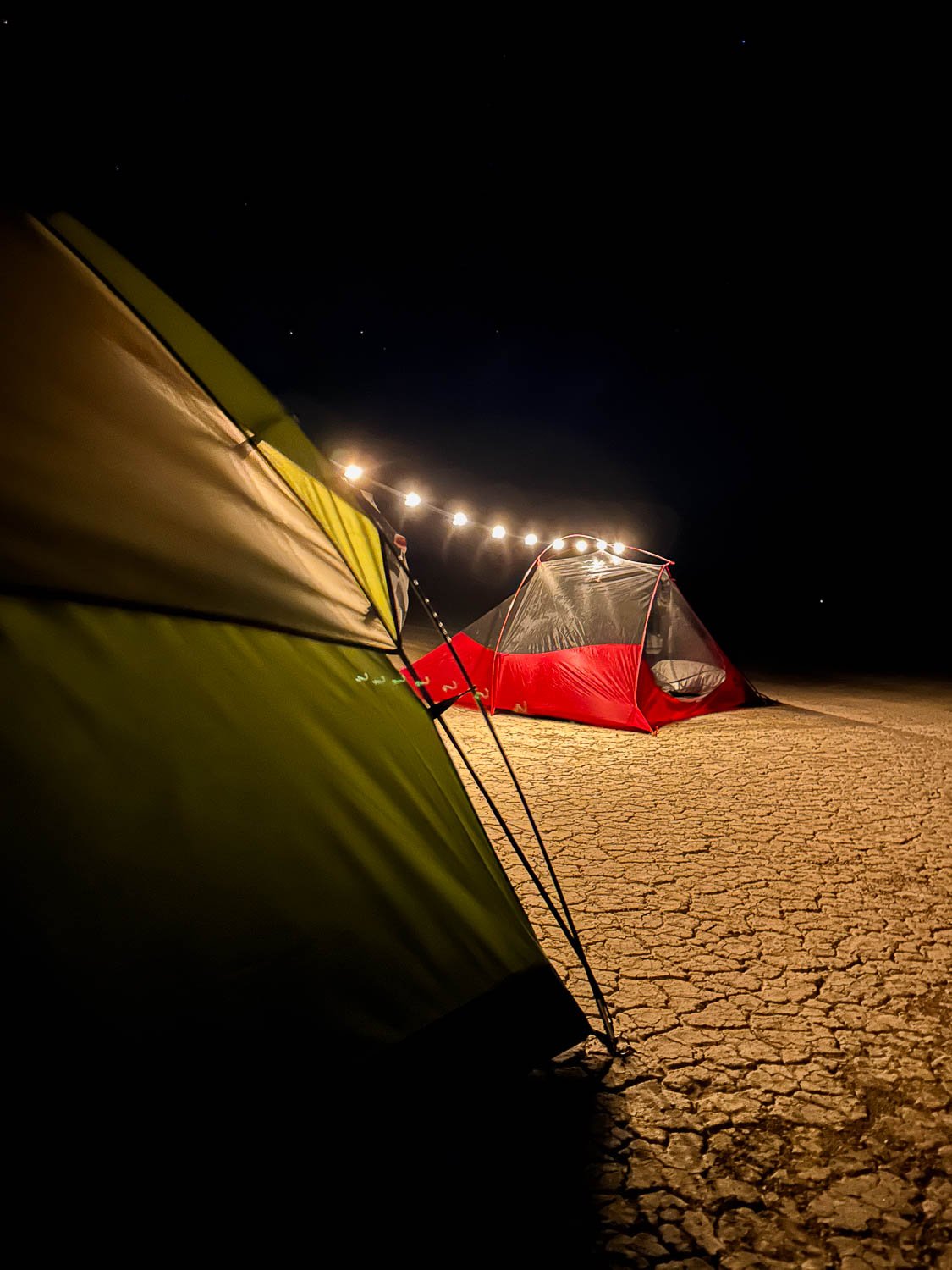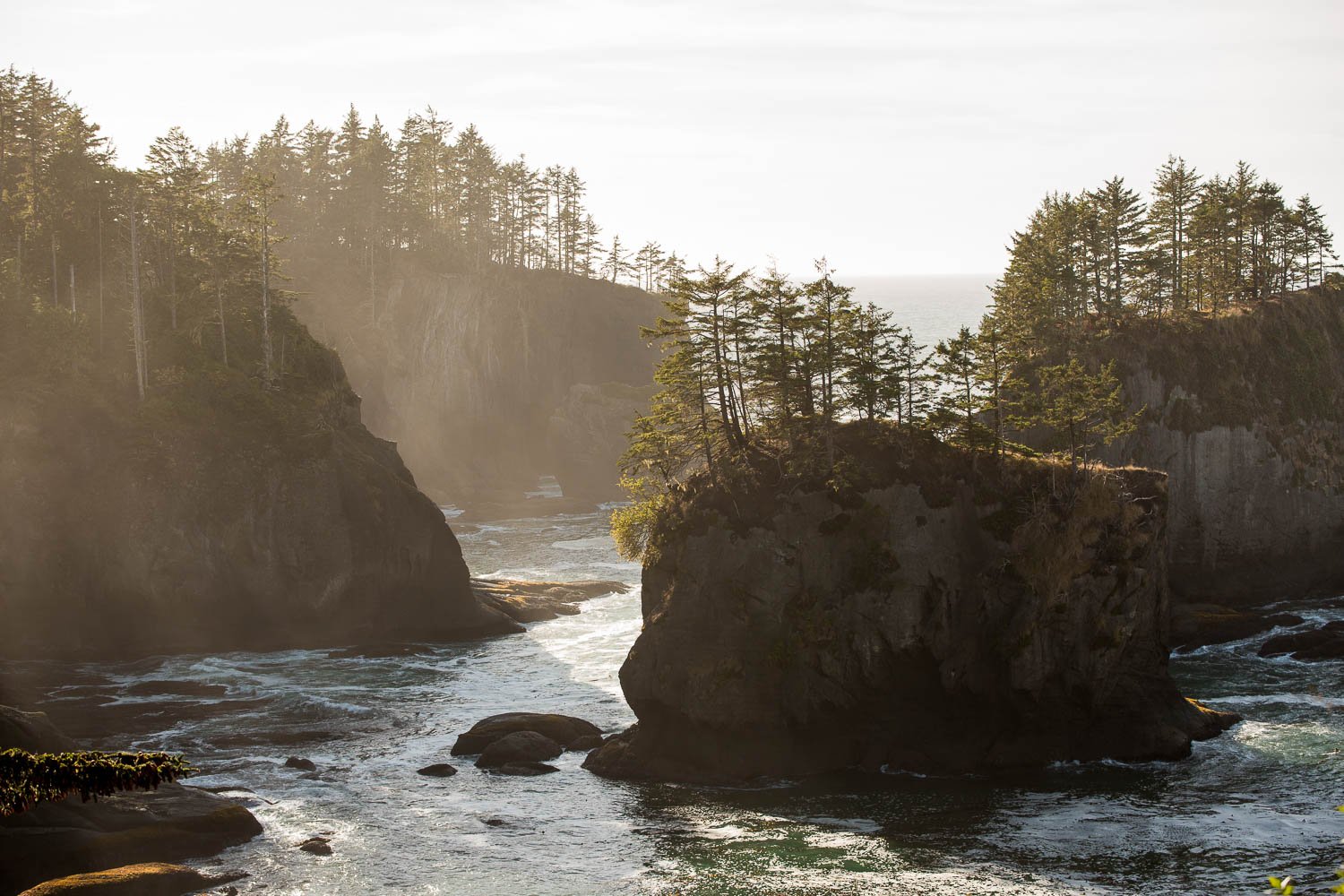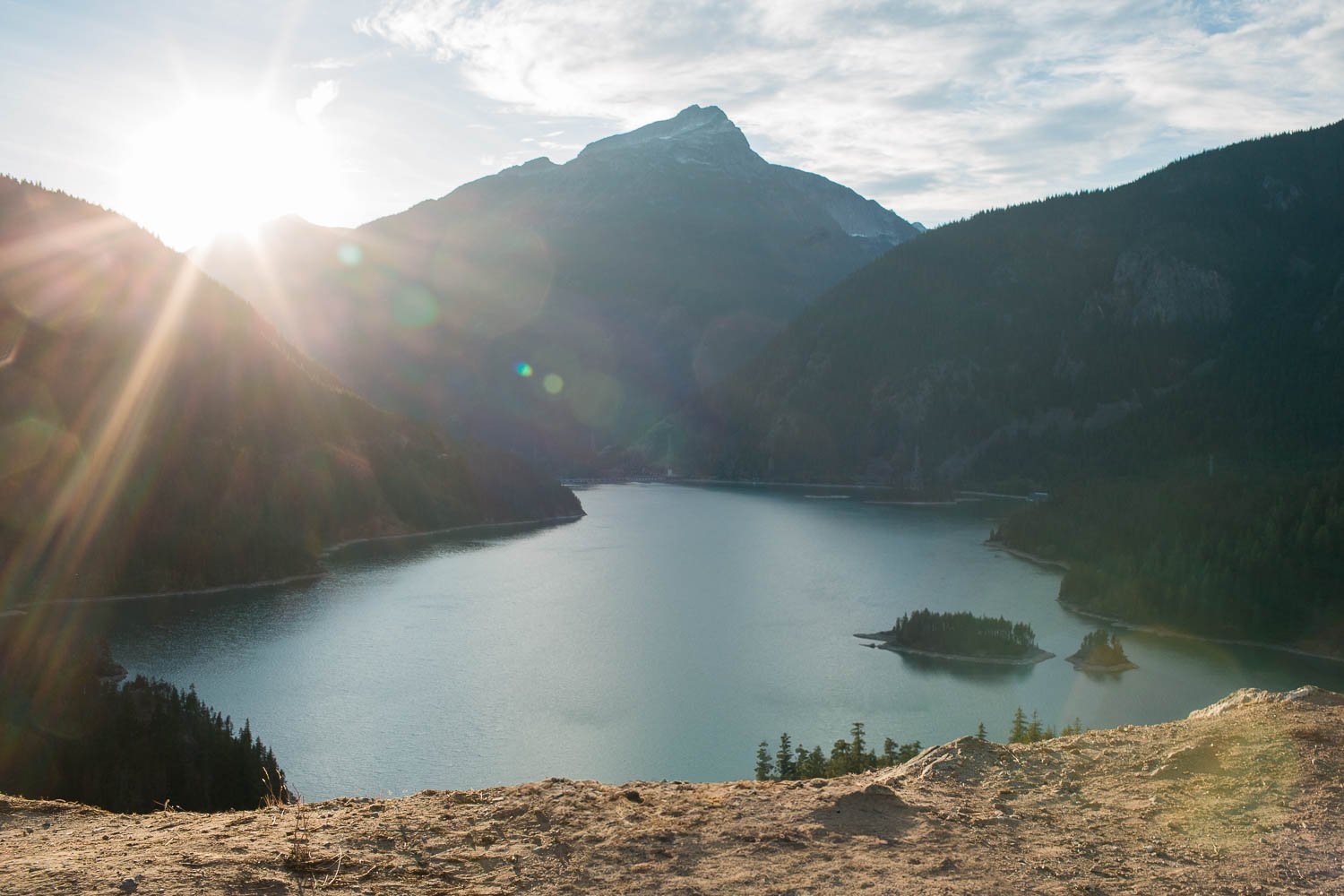Dry Camping in Washington: What, Where, and How
Dry camping goes by many names: you’ll also hear it called dispersed camping, wild camping, and boondocking. Simply said, it’s camping outside of designated campgrounds — meaning you’re finding legal spots to park overnight and camp, usually in national forests or on BLM land.
It’s like combining backpacking with the convenience of car camping. Like backpacking, you’re responsible for bringing along everything you’ll need to survive, but as with car camping, you’ll have everything you need nearby in your vehicle, without all the effort of lugging it around for miles.
We love it because it allows for more spontaneity than traditional campgrounds allow — no reservations are needed — and it has the potential for more seclusion.
Disclosure: We’ve included affiliate links with recommended hiking gear in this post. If you click through and buy something, we’ll receive a small portion of that sale. You won’t be charged more, and we haven’t been paid by any of these retailers to share their information. These are all our genuine preferences.
Where to make camp
Just as in backpacking, dry campsites are found, not made. Campsites will look like relatively flat, dirt areas off forest roads. Some sites are just large pull-offs next to the road, while others have smaller roads that lead to more private campsites, or spots to park and walk in.
The size of campsites varies from enough space to park a car (great for vans or vehicles with rooftop tents) to large areas with enough space for groups to gather and pitch many tents. If a spot is not large enough to fit your vehicle or camp setup, then it’s not the right spot for you.
Keep in mind that you should only camp on durable surfaces, such as rock, gravel, or sand. Day-use areas, picnic spots, and trailheads aren’t meant for dry camping, either.
How is it legal?
Camping in Bureau of Land Management areas is free. BLM land is scattered throughout Pacific Northwest.
Check here for BLM land maps.
More than likely, you’ll find spots to camp in Washington’s National Forests. However, camping there requires a Northwest Forest Pass OR an America the Beautiful Pass. It’s easiest to purchase these passes online, at ranger stations, or REI.
Find a list of national forests in Washington and Oregon here.
How to find a campsite
This is the fun part! Whenever you’re out exploring new hikes, campgrounds, or areas, keep an eye out for potential dispersed camping spots. Scouting out potential campsites ahead of time is the best way to plan for future trips. If you need ideas, check out apps like iOverlander or Free Roam that have maps featuring contributor’s campsites suggestions.
Since these sites aren’t reservable like traditional campgrounds, you’ll want to search for areas with multiple campsite options. That way, if a few sites are taken when you’re trying to dry camp, you can keep wandering with the assurance that you’ll be able to find a spot easily.
Finding a campsite is the most intimidating part of dispersed camping. Along with being familiar with the area you plan on camping in, it’s great to have a backup plan. Have backup dispersed sites in mind and know where established campgrounds that accept walk in reservations as a failsafe.
We chose to camp on the Alvord Desert for our first attempt at dispersed camping solo because with 12 miles of desert to camp on, we knew there would be a camping spot for us.
Leave no trace
Just as with other outdoor activities, you’ll need to follow the leave no trace principles. Of course, this means you’re responsible for picking up your trash and cleaning up your campsite. It also means researching if campfires are allowed in your chosen camping area, as well as how to dispose of human waste properly for the area. That could mean digging a 6-8 inch cathole, 200 feet away from water sources, or using a wag bag.
Tips for success
Cell service
Often cell service is limited in wilderness places. Download maps and directions ahead of time.
Emergencies
Just like hiking, it’s wise to let someone know where you plan on camping, for how long, when to expect to hear from you, and what to do if they don’t.
We also carry our Garmin inReach with us. It’s a satellite device that lets you text without cell service and use the S.O.S. button to reach help in emergencies. It does have a subscription fee, but it gives us so much peace of mind knowing that wherever we adventure help is a quick call away.
Food/water/fuel
You’ll want to have more food, water, and fuel than you think you’ll need in case of emergencies.
Boondockers Bible suggests bringing one gallon of water per person, per day, and another gallon per day for cooking, washing, and brushing teeth. We use a water jug like this, and bring bottled water along as well.
Campfires
Campfires are usually allowed in established fire rings while dispersed camping but do your own research and make sure there aren’t any burn bans in place. If it’s especially dry or windy, save having a campfire for another day.
If you do have a campfire, make sure you put it out completely. After the flames burn down, spread out the coals, drown it with water, stir the remaining ash and embers and repeat until it’s cold to the touch.
Weather forecast
Check the weather forecast before your trip and research what potential weather hazards to watch out for in your chosen camping area. Avoid dry camping in stormy weather, extreme rain, or heat.
Packing list
Shelter
We love this Coleman tent. It’s kept us dry in many storms!
Put a tarp down underneath your tent to prevent poking holes in the bottom and to help keep it clean.
This kit includes a hammer, stake puller, extra stakes, and a broom. Nearly every item is used each time we use our Coleman tent.
Self-inflating sleeping pads or self inflating air mattress
Camp kitchen
We’ve got the extra large size and it’s perfect for holding our camp stove, food, and dishes.
This kit comes with everything you could need including pots, pans, plates, silverware, cups, and a kettle.
The Viva brand paper towels stick together so they don’t blow around or unravel in the wind.
This one doubles as a wash basin.
Helpful for leftovers.
These work well on vehicles that have spare tires mounted to the back ends
Lighter or matches
If you’re in an area that allows campfires, we love these fire starters.
Light
Meals
Bagged ice
Buy dry ice (available at some grocery stores) if it’s going to be really hot. Keep cardboard or plastic between it and your groceries to keep them from freezing.
Breakfasts
Things like breakfast burritos and hash can easily be prepped ahead of time, and have great versatility. Since egg cartons get soggy in ice chests, we purchase liquid eggs to make it mess-free.
Snacks
We’ll pack tons of snacks including:
Archer’s Jerky (gluten-free)
Lara Bars (gluten-free)
Luna Bars (gluten-free)
Dried fruit, like mango, apricots, or apple chips (gluten-free)
Coconut Crisps (gluten-free)
Terra chips (gluten-free)
Off the Eaten Path veggie crisps (gluten-free)
Parmesan Crisps (gluten-free)
Lunch
Sandwiches are our favorite thing to do for lunch. Pack the cooler with lots of toppings and you can make different creations every day.
Dinner
We tend to go all out for dinner when car camping. We usually opt for a steak and veggie combo or tacos!
If cooking isn’t your thing, freeze-dried meals work too. We love the Peak Refuel brand, especially the Peak Refuel Chicken Coconut Curry. Instead of an entire cook stove, all you’d need to enjoy these meals is a Jetboil.
Clothing
Moisture-wicking T-shirt (male/female)
Moisture-wicking pants (male/female) or shorts (male/female)
Base layer bottoms (male/female)
Pack wool socks if you want to be extra warm
These wool undergarments are odor-resistant and temperature-regulating.
Swimsuits and a quick dry towel
Personal items
Toilet paper or a Kula Cloth
Pee funnel (this is a game changer, ladies!)
Insect repellent and bug bands
Neutrogena Ultra Sheer Sunscreen
This sunscreen has the safest product rating for sunscreen on the EWG’s Skin Deep guide.
Toiletries
Personal medications
Emergency items
When we got serious about backpacking, we invested in this personal locator beacon and take it anywhere we won’t have cell service. It gives the ability to text others when there is no cell service and use the S.O.S button for emergencies.
There is a $14.95 monthly subscription fee
Extra items
This is great item to have if you’re camping in exposed areas, wanting shade. Put on a side wall to create a wind block.
Hammocks
We love our packable ENO hammock. If you’ll be camping anywhere with trees, this is the perfect way to relax!
Search the blog for more adventures! Try searching for topics such as “camping”, “waterfalls”, or “Washington”.






